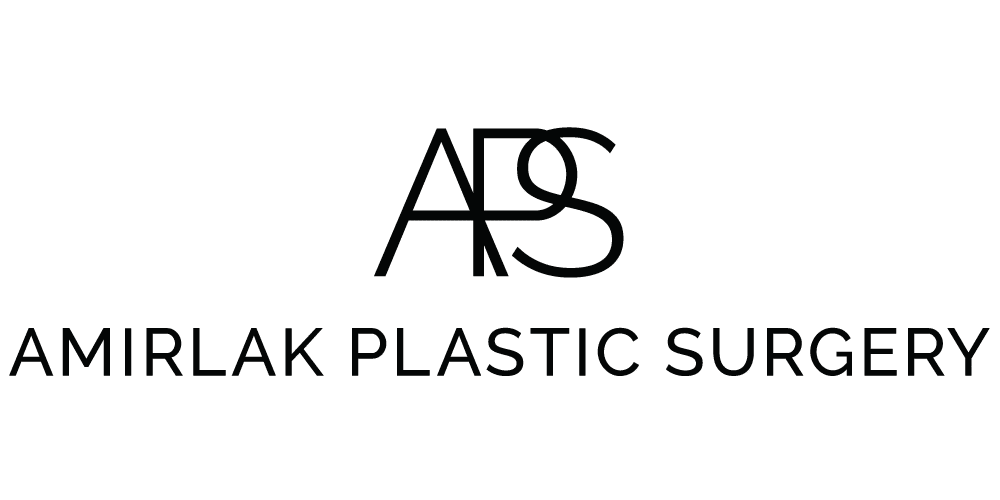Augmentation Mammaplasty FAQs
- Posted on: May 11 2017
Augmentation mammaplasty (breast enlargement) is performed to increase breast size and/or fix breast asymmetry. Candidates include women who want larger breasts, and those who want to restore the breast volume often lost as a result of pregnancy or significant weight loss. Breasts can be enlarged with implants or by fat transplantation. Augmentation mammaplasty is not a substitute for mastopexy, which is a procedure to “lift” breasts that sag significantly.
Who is a candidate for augmentation mammaplasty?
A woman who wants to increase the size of her breasts, to fix asymmetrical breasts, or to restore lost volume to her breasts is a candidate for augmentation mammaplasty. She must have fully developed breasts, be physically healthy, and have realistic expectations about the outcome of the surgery.
How are breasts augmented?
There are two ways of augmenting breasts: implants and fat implantation (fat transfer; fat grafting). Silicone, saline, “gummy bear,” round, smooth and textured are types of implants that are inserted underneath either breast tissue or the chest-wall muscle. Fat transplantation (fat transfer) uses liposuction to harvest excess fat from other parts of the patient’s body; the fat is then injected into the breasts.
How much scarring is caused by augmentation mammaplasty?
During augmentation mammaplasty using implants, incisions are made in inconspicuous places (in the armpit, in the crease on the underside of the breast, or around the areola), which minimizes scar visibility. During augmentation mammaplasty using fat transplantation, there are no incisions because fat is injected, so scarring is rarely an issue.
What are the risks and complications of augmentation mammaplasty?
In addition to the risks associated with surgery and anesthesia, those related to augmentation mammaplasty using implants include capsular contracture; implant leaks and ruptures; and implant deflation or shifting. The risks related to augmentation mammaplasty using fat transplantation include calcification; fat embolism or necrosis; and oil cysts. In addition, because of the loss of volume that occurs when fat is reabsorbed by the body, touch-up injections of fat are often necessary.
Is it better to have augmentation mammaplasty with implants or fat transplantation?
Which procedure is more appropriate depends on the particular patient and the goals of the surgery. Augmentation mammaplasty using implants is appropriate for women who want to significantly increase breast size. Augmentation mammaplasty using fat implantation is appropriate for women who are not looking for a dramatic increase in breast size, and want breasts that look and feel as natural as possible. In some cases, implants and fat transplantation are used together.
How much recovery time does augmentation mammaplasty require?
After augmentation mammaplasty with implants, most patients feel tired and sore, but many return to work within a week. After augmentation mammaplasty with fat transplantation, recovery time is quite short, with normal activities being resumed as soon as the patient feels comfortable.


